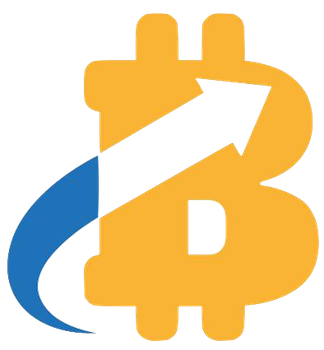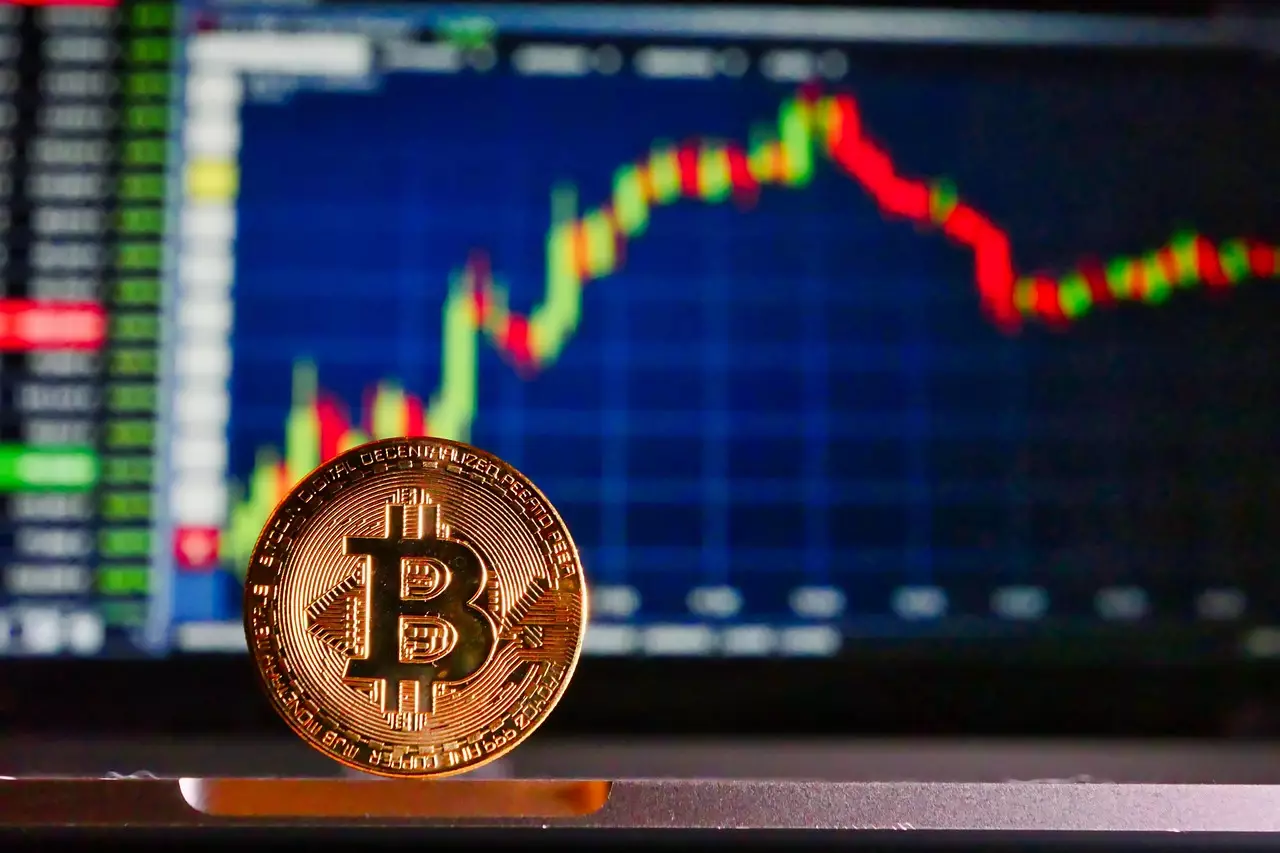Recent developments in the cryptocurrency landscape have alarmingly pointed toward a potential downward shift in Bitcoin’s resilience. The Coinbase Bitcoin Premium—a crucial indicator of demand—and its recent plunge into negative territory have become a subject of intense scrutiny. Historically, this premium has served as a reliable gauge of institutional and retail interest within the United States, revealing more than just price discrepancies; it underscores underlying confidence or trepidation among investors. When the premium turns negative, it suggests that U.S. demand is waning, perhaps signaling an erosion of confidence among American investors who have historically been instrumental in driving Bitcoin’s upward momentum.
This contrast becomes even more striking when juxtaposed with prior bullish cycles, where positive premiums on Coinbase coincided with explosive rallies. The shift into negative territory hints that the demand from local investors is shrinking, and their abandonment could foreshadow broader downward pressure. Such development challenges the narrative of continuous growth, suggesting instead that the fervor fueling Bitcoin’s recent surge might be dissipating faster than anticipated. It indicates a potential pivot point—a moment where sentiment transforms from bullish exuberance to caution, or worse, skepticism.
Profit-Taking and Outflows: The Cracks in the Bullish Fortress
The decline in demand is further corroborated by the evidence of profit realization among major investors. Data shows that large-scale funds—particularly those acting as custodians for Bitcoin ETFs—are experiencing notable outflows. With net outflows of hundreds of millions within just a few days, institutional investors are increasingly locking in their gains rather than riding out continued upside. The recent rally to a record high of $123,000 catalyzed a wave of profit-taking, reminiscent of previous peak periods in March and December 2024.
This wave of profit-taking is not trivial; it reflects a growing awareness among seasoned investors of the risks associated with chasing parabolic gains. The sharp spikes in realized profits, especially from whales, underline a critical psychological shift from “HODL” to “cash out,” which could result in a self-perpetuating cycle of price declines. Such movements threaten to undercut the market’s momentum, especially if sustained by broader institutional hesitance, which the declining Coinbase premium evidently signals.
The Contradiction of New Entrants and Old Holders
While short-term holders and profit-takers accumulate assets, the market still displays signs of fresh interest, primarily driven by younger investors. Recent analyses show a persistent rise in the activity of new Bitcoin entrants, with a relative moderation in the pressure from long-term holders. This dichotomy presents a nuanced picture: the market is neither entirely exhausted nor entirely overheated. The current demand-supply metrics suggest that new investors are quietly entering the fray, perhaps sensing an opportunity amid the turbulence.
However, this influx has not yet translated into sustained bullish momentum. Without conviction from seasoned holders—who are actively cashing out—the market remains vulnerable. The positive aspects of increasing retail participation are counterbalanced by the diminishing involvement of institutional liquidity, especially from the U.S., as reflected in the negative Coinbase premium. This disparity weakens the entire foundation of the rally, making it susceptible to sharp corrections should investor sentiment further sour.
The Future Outlook: A Volatile Path Ahead
The current state of affairs portends a turbulent future for Bitcoin. The negative premium—a clear break from the patterns that fueled previous rallies—raises red flags for those who cling to the narrative of perpetual growth. It emphasizes that reliance on institutional and U.S. demand may have been overstated, especially during bullish periods that hinge on this support.
As retail investors and whale activities indicate contrasting signals, the market appears divided—caught between the exuberance of new buying interest and the caution of profit-taking by old holders. The question remains: can Bitcoin sustain its recent levels without decisive backing from the core demand drivers? Or are we staring at a correction-driven phase, where short-term profits and waning demand collide to produce significant price volatility? The answer hinges not just on market fundamentals but on broader investor psychology—an intricate dance of hope, fear, and the relentless search for the next mover’s signal.




















Leave a Reply